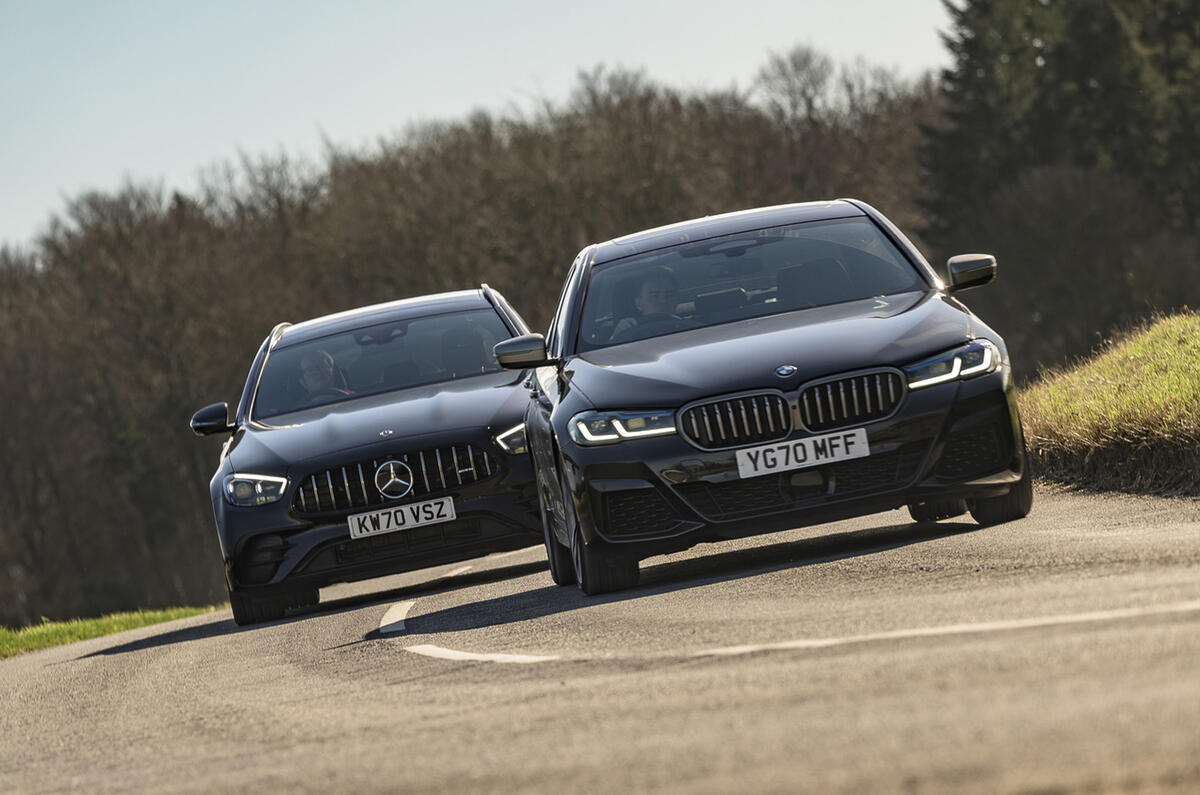One of the most important taxes you must be aware of if you want to drive a car in the UK is vehicle excise duty (VED).
VED is an annual tax paid by all drivers who drive or park their vehicles on public roads. So if you own a car, chances are you’re required to pay it.
While VED has remained relatively unchanged in principle since its inception in 2001, some big changes have come into effect in 2025 to bring it more up to date. This includes significant changes to electric cars, buying and selling cars and rate increases.
But what exactly is VED? We’ve gathered all the information you need to know to make sense of it all right here. Read on to find out what VED is, which vehicles it covers and how you’re supposed to pay it.
What is VED and how is it calculated?
VED is a tax paid annually by drivers of cars, motorcycles, light goods vehicles and heavy goods vehicles that are driven or parked on public roads.
The tax covers the whole of the UK (that’s England, Wales, Scotland and Northern Ireland).
VED was introduced in its current form in 2001 as part of what the government claimed was a push to reduce the amount of pollutants released into the atmosphere.
Despite often being referred to as ‘road tax’, VED isn't directly used for funding road projects. True road tax was abolished in the 1930s.
According to the House of Commons library, VED brought in £7.4 billion in 2022/23. This figure is predicted to rise to £9.4bn by 2027/28.
Further changes came in 2020 to increase the appeal of EV ownership. VED was uprated in line with the retail prices index (RPI) for cars, vans, motorcycles and motorcycle trade licences and switched from using the old NEDC emissions testing regime to the current WLTP one.
Changes to VED from April 2025
The VED system received some significant changes in April 2025, with the biggest adjustments applied to EVs.
EVs were exempt from VED, but no longer. New EVs are now required to pay a first-year rate of £10 and then the standard rate of £195 from the second tax payment onwards.
Zero-emissions or low-emissions cars registered between 1 April 2017 and 31 March 2025 are also priced at the standard rate of £195 to match all other cars on the road.





Join the debate
Add your comment
I'll give almost the same comment as I did 4years ago ( see below ).
The written explanation is fine, but then from nowhere, a table is produced stating the VED rates in various bands with no further explanation. Where has this been pulled from? To me it looks like the VED table for cars registered prior to April 2017, but even then the actual figures themselves appear to be out-of-date. Has someone simply cut-n-pasted this table from an old article?
It would have been helpful to state what this table refers to as no doubt someone reading it will think their 2023 e-tech Renault Clio ( 96-97 g/km Co2 ) annual VED is £0 when in fact it's £180 at current rates.
Dear Autocar.
Is this a regurgitated article from 2020? Please could you update the figures and may be mention the pre 2006 cut off at band K that makes a huge difference for larger cars pre and post March 2006. Definately worth a mention.
Thanks to inflation, £40k in 2017 is equivalent to £51k in 2024, and I suspect car price inflation is higher than that. They really should increase the 'luxury' threshold to £50k as it must be capturing a far greater share of new vehicle sales than when it was first introduced.
I know most people don't have £40k lying around to buy a car, but if you need a famly sized vehicle some fairly mundane stuff comes in over the £40k mark these days (especially if you want to go plug-in hybrid or electric) and don't forget that the higher VED will also sting the next buyer who picks up a vehicle for £20k at 3yrs old.
Another measure aimed at the 'rich' but hits hardest those in the middle.